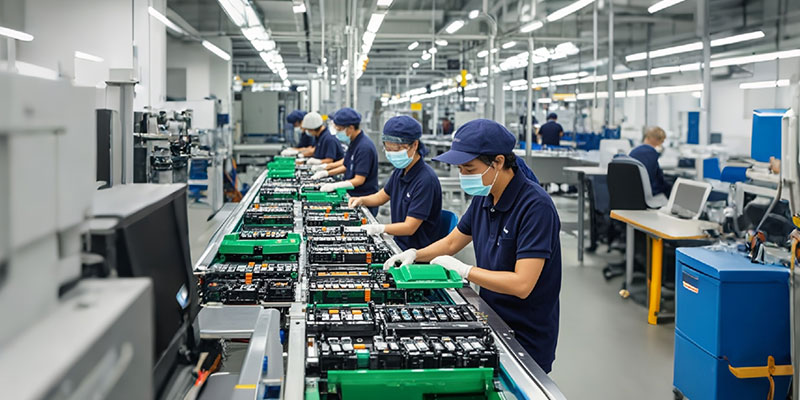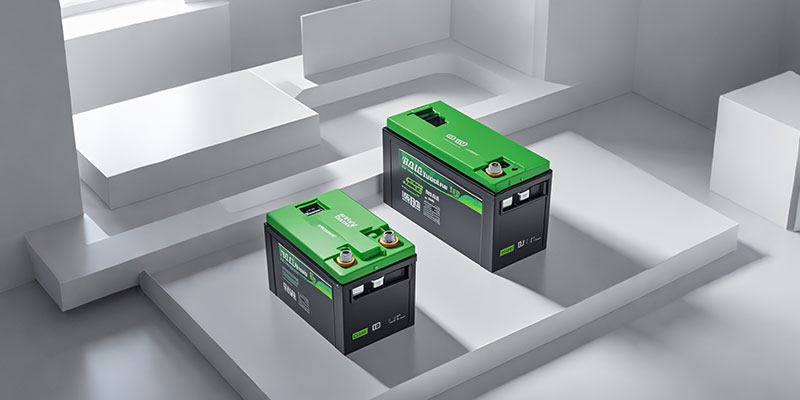Differences between ICR, INR, and IFR 18650 batteries
- Chemical Composition
IMR: Lithium Manganese Oxide (LiMn2O4).
ICR: Lithium Cobalt Oxide (LiCoO2).
INR: Lithium Nickel Manganese Cobalt Oxide.
IFR: Lithium Iron Phosphate (LiFePO4).
- Performance Characteristics
IMR: Known for lower internal resistance, enabling higher discharge rates suitable for high-drain devices.
ICR: Offers high capacity but raises safety concerns due to potential overheating during high-drain scenarios.
INR: Strikes a balance between capacity and discharge rates, suitable for moderate-drain devices.
IFR: Prioritizes safety, stability, and longevity over high capacity or discharge rates.

- Applications
IMR: High-drain devices like vaping mods, power tools, and high-powered flashlights.
ICR: Low-drain devices like laptops, digital cameras, or low-power appliances.
INR: Moderate-drain devices like laptops, power banks, or moderate-power tools.
IFR: Solar power storage systems, electric vehicles, or applications requiring safety and longevity.
- Safety and Longevity
IMR and IFR: Generally considered safer than ICR due to their chemistry, with IFR specifically prioritizing safety and longevity.
INR: Offers a moderate balance between safety and performance.



